The diversity, quality, and abundance of tropical fruits are some of the joys of traveling in South America. Some of them will be known to you, while others will be new to most Westerners.
South American fruits come in a rainbow of textures, colors, scents, and tastes. Many have been eaten for years, if not millennia, throughout the region and may be found in beverages, cuisines, and dishes from the highlands to the shore.
The closer you get to tropical conditions, the more options you’ll have in your local market. Some common fruits will be familiar, but they will all taste fantastic.
Soursop
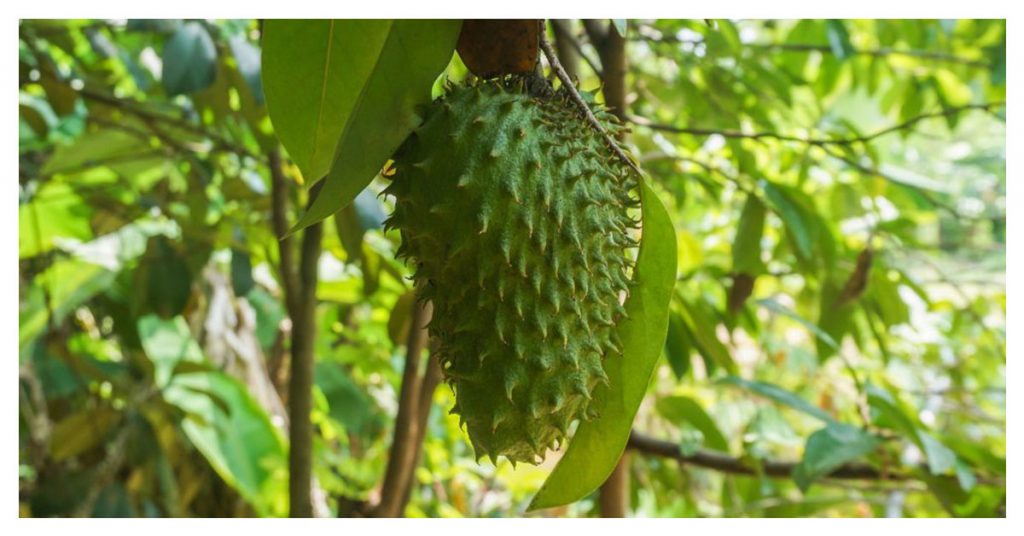
Soursop is a fruit that is endemic to the Americas’ warm and tropical climates, and it goes by several names. Its scientific name is Annona muricata, but it’s also called pawpaw, guanabana, sirsak, and Graviola.
Soursop belongs to the Annonaceae family, also known as the custard apple family. Soursop has a long history of usage in traditional medicine, and it has been used to treat a variety of illnesses and disorders. It delivers several health advantages due to its high nutritional profile. Benefits of Soursop are:- Soursop helps reduce inflammation, Helps in Stabilizing Blood pressure, Defends against bacteria; it’s also beneficial for cancer patients; it helps to prevent and fight cancer.
Granadilla
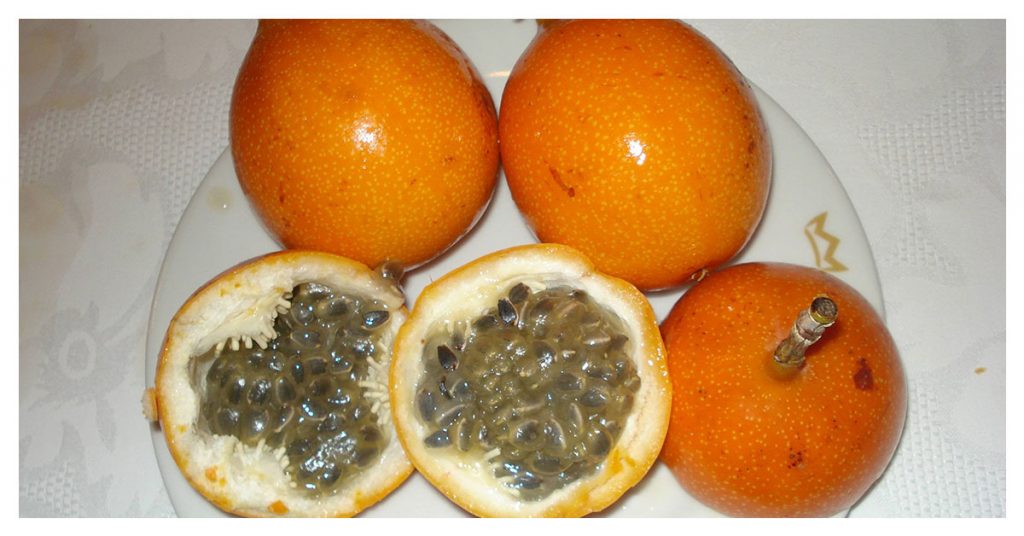
Sweet granadillas are a common Passiflora species that range from central Mexico through Central America and western South America. It is widespread and plentiful in the marketplaces around this region.
When you split open the palm-sized yellow pod, you’ll find a glob of delicious seeds nestled inside the fluffy white lining of the fruit. The mucus-like texture of the filling may be off-putting to some, but the amazing sweet flavor more than compensates. Simply remove the pulp from the shell and suck it out.
Tamarillo
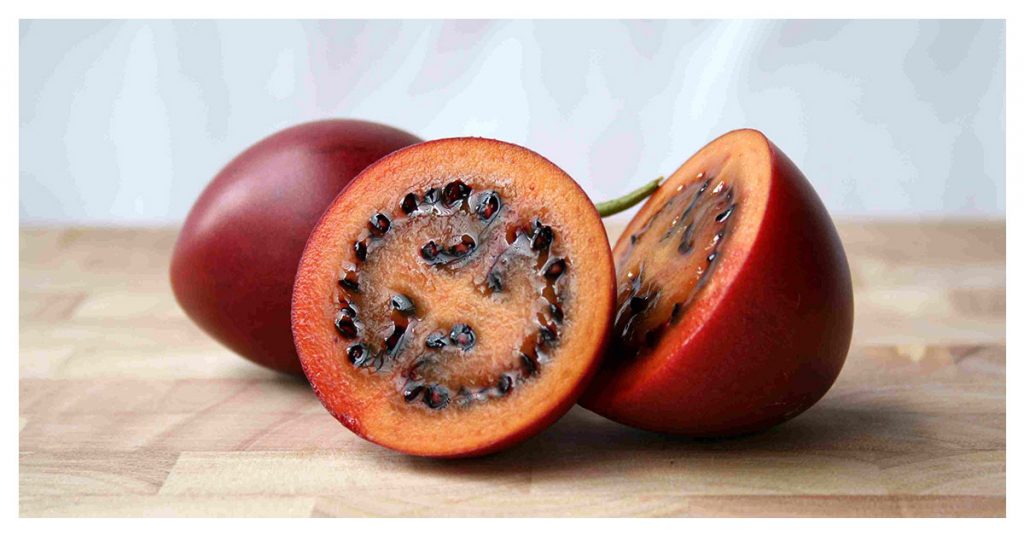
Tamarillos are native to South America, with the majority of them hailing from Bolivia’s Andean highlands. Tamarillo is a tiny shrub or tree endemic. The little egg-shaped fruits are luscious, with somewhat sweet flesh to subacid in flavor. The flavor is frequently compared to kiwi and underripe tomatoes.
Uvalha
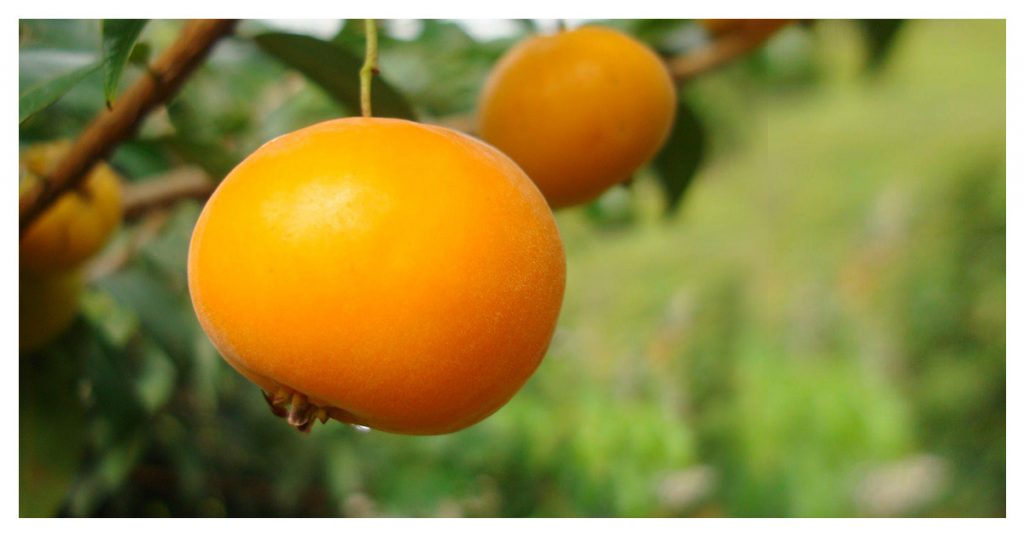
Uvalha is the tropical fruit of the Eugenia pyriformis tree, which grows wild in southern Brazil. The pulp is juicy, highly fragrant, and acid to subacid flavor. The fruits are spherical to oblate, and the pulp is juicy, very aromatic, and has acid to subacid flavor. It’s usually used to produce cool drinks: the pulp is strained, blended with sugar and ice, and served cold.
Uvalhas are frequently used to flavor cake fillings and ice cream and are occasionally processed into marmalade and jams. The plant’s glossy foliage and white blossoms make it a popular decorative choice.
Since grapes are citrus fruit, like oranges and lemons, vitamin C is one of the most well-known components. Ascorbic acid is necessary for the body’s health and good functioning.
It’s also a potent antioxidant since it fights free radicals, which can cause sickness if they’re present in excess in the body. Uvalha, like other yellow-orange fruits, has a lot of natural colors called carotenoids. Furthermore, eating this fruit can aid in preventing cardiovascular disease, reducing cholesterol, and the burning of calories.
Aguaymanto
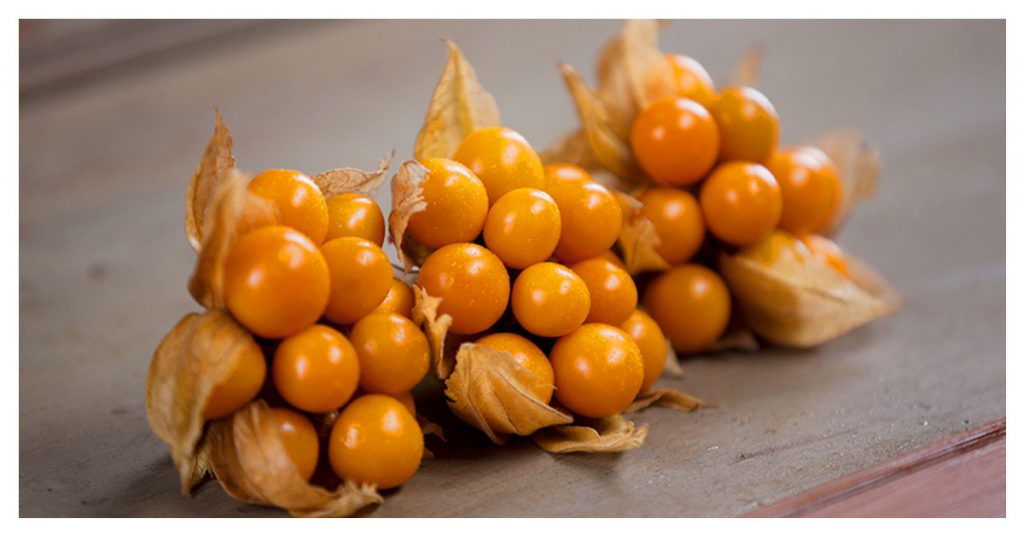
Aguaymanto (Physalis peruviana), also known as topotopo in Quechua, is a perennial plant native to South America that produces delicious, spherical, yellowish-orange berries with soft, juicy flesh and a delightful, acidic taste.
The plant is mainly taken from the wild in the Argentine provinces of Salta and Jujuy, and it is closely related to tomatoes, eggplants, and potatoes. The fruits of the aguaymanto plant have long been enjoyed by indigenous tribes, notably the Incas.
Mburucuya
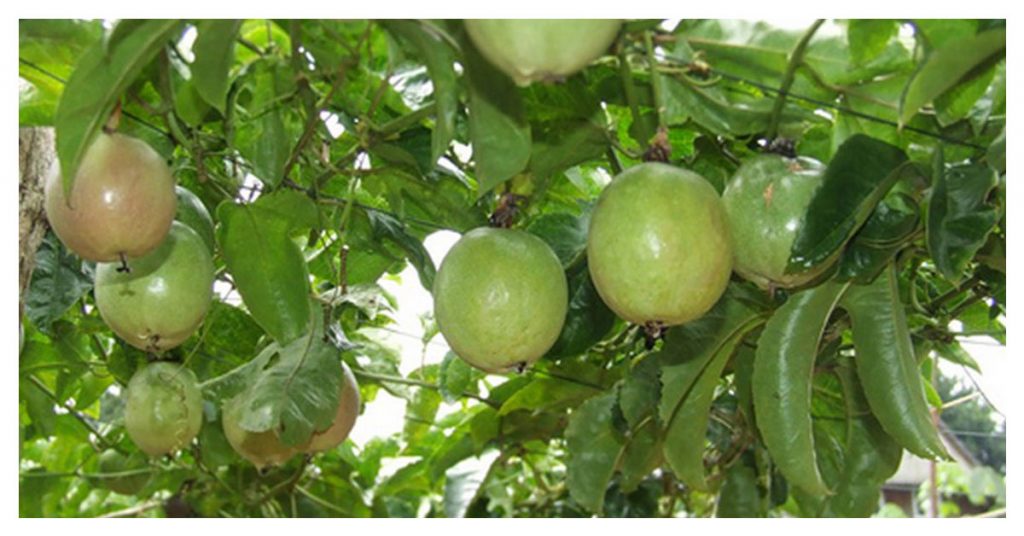
Mburucuya is a passion fruit variety that grows wild in the province of Misiones in Argentina’s Parana Forest. It has bright green leaves, white flowers, and shallow roots. This perennial climber shrub’s tasty yellow or purple berries are oval or spherical and contain a mucilaginous, juicy flesh with many seeds.
Flowering occurs in the spring or fall, depending on the temperature and latitude, and can occasionally extend up to 9 months in a row. This plant’s fruit may be eaten fresh or processed into a golden-yellow colored fruit juice with a unique scent and flavor.
Cherimoya (Custard Apple)
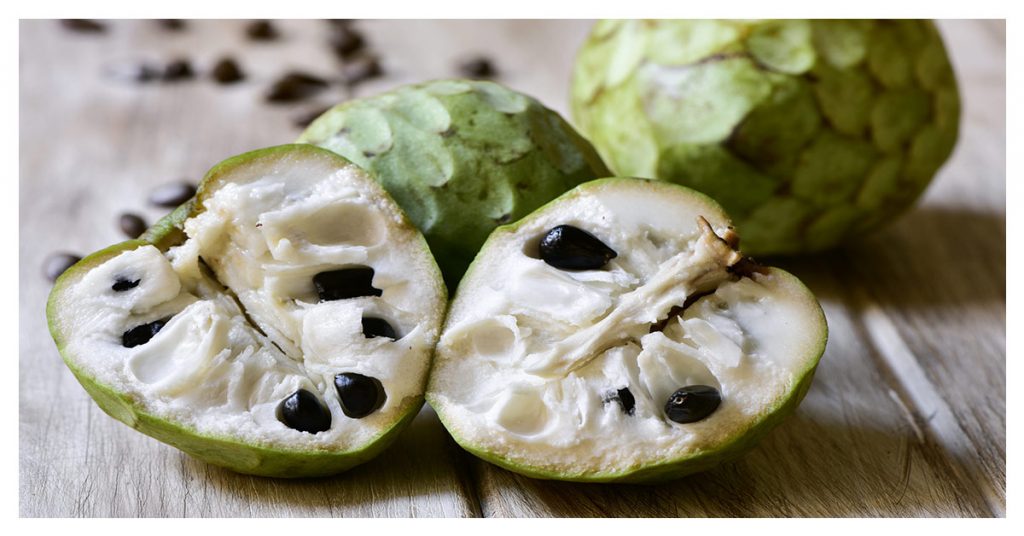
Cherimoya, a mainstay of the ancient Incan cuisine, is native to northern South America, but it moved south down the Andes and north as far as Central America over time. While the fruit’s green, the dragon-scaled-like exterior may appear tough, there’s a reason it’s known as the custard apple.
Its thick, creamy flesh tastes like a combination of banana and pineapple on the inside. Its flesh has a custard-like consistency and maybe spooned out and eaten. As a result, cherimoya is frequently served cold, similar to custard. They may also be found in various sweets, pies, and sorbets. On the other hand, the seeds are hazardous when broken down and must be removed before consumption.
Spondias Mombin
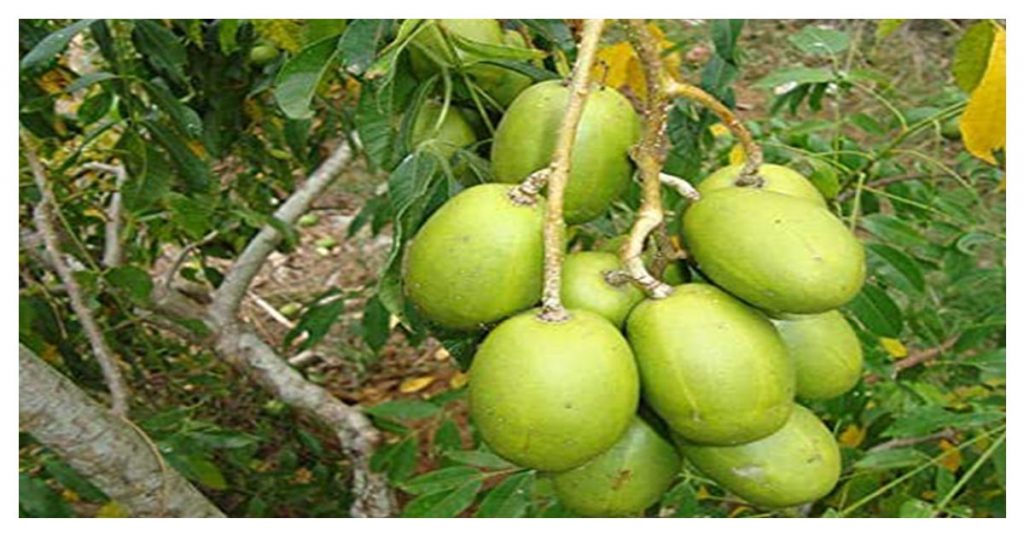
The bright yellow hog plum is a distinctive fruit native to Central America, from Mexico to Brazil. It has gone as far as Southeast Asia. A tiny layer of pulp lies beneath its thick, leathery covering. The pulp is clinging to its huge stone, making removal difficult.
While the yellow mombin pulp may be eaten raw, it can be pretty acidic and sour depending on how ripe it is. The flesh has a consistency comparable to that of a northern plum. As a result, hog plums are used to produce a variety of delectable jams, jellies, and liquids. Hog plums are even pickled in Mexico as a spicy snack.
Acai Palm/Berries
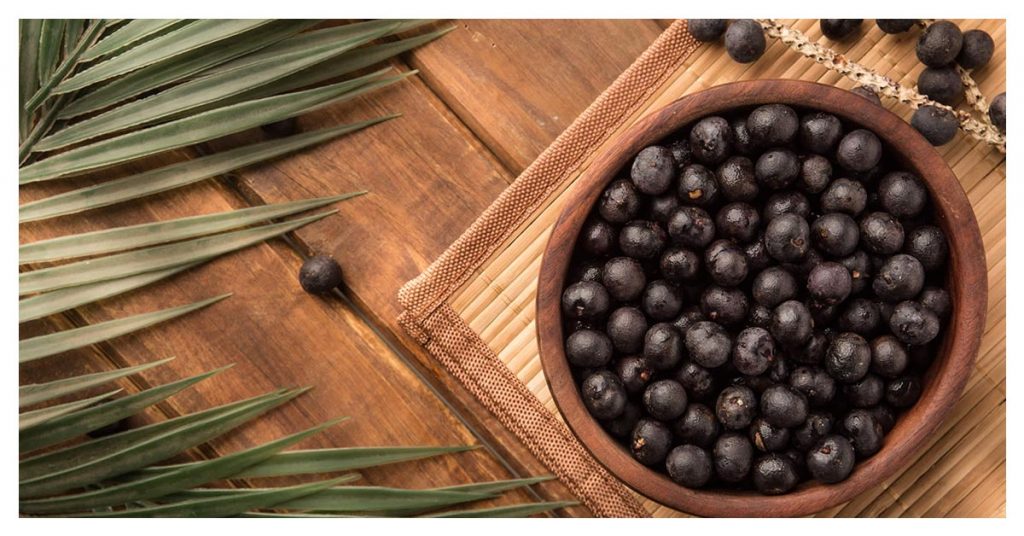
The acai palm produces the acai berry, a tree that thrives in floodplains and wetlands throughout the continent’s northern regions, from Colombia to Venezuela and down to Brazil via Guyana and other countries.
Acai berries are tiny, purple, and resemble grapes in appearance. Their flavor is acidic, comparable to a raspberry or blackberry, but with an earthy, almost chocolaty undertone.
Acai berries, unlike many other berries, cannot be eaten whole. The pip or seed, which accounts for a significant portion of the berry’s bulk, must be removed.
Feijoa
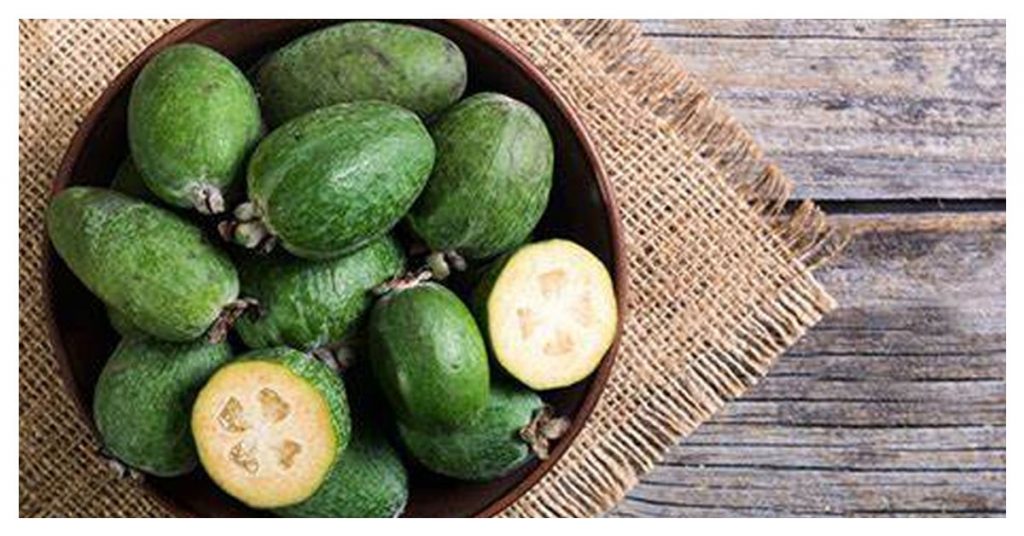
Feijoa is a mountainous species native to Brazil, Colombia, Uruguay, Paraguay, and Argentina. It’s an antioxidant-rich, vitamin-rich, and mineral-rich fruit. Creamy, off-white meat wrapped within its thin, green, somewhat sour skin tastes like a delicious blend of strawberry, pineapple, and guava.
Guavasteen has a lovely, aromatic scent with floral undertones, making it a tasty and appealing complement to various Latin American cuisines.
Guavasteen can be eaten raw, added to salads, smoothies, sorbets, and garnished over various savory and meat-based recipes. It is one of the tastiest and most flavorful South American fruits.
Read More : The Top 10 Must-Try Tropical Fruits of Africa


